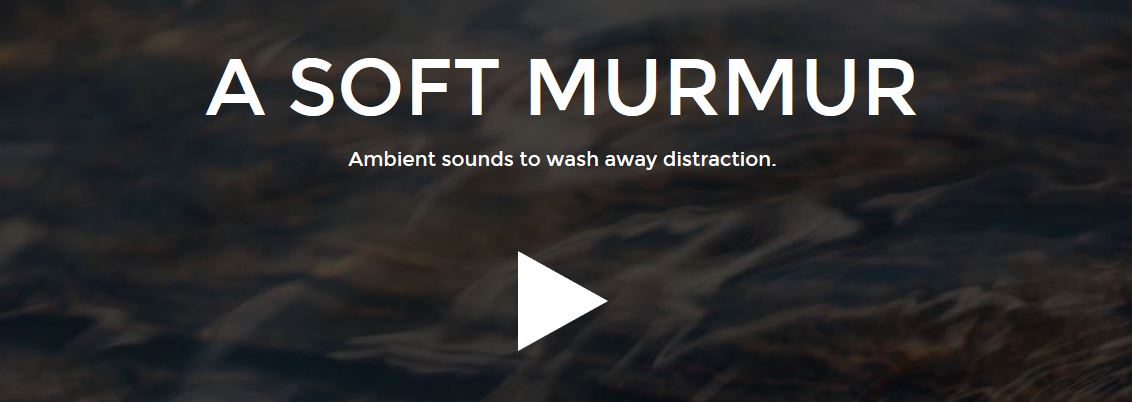We recently had a presentation from PhD candidate Hector Vazquez on multiliteracy and music. In addition to finding the workshop to be engaging, I appreciated his assertion that music is much more than a mode of performance. He discussed its ability to scaffold religious rites, unite culture and fundamentally shape our humanity and identity. Although my teachable subjects are biology and history, I have a huge interest in embedding music into my practice. Which brings me to the subject of this blog post: sonic study aids.
I have been using music as a study aid for most of my life. As a high school student I listened to the contemporary piano album Divenire by Ludovico Einaudi countless times while studying, reading and working. Nowadays, I listen more often to instrumental beats and lo-fi hip-hop.
:format(jpeg):mode_rgb():quality(90)/discogs-images/R-3265595-1331572639.jpeg.jpg)
Divenire by Ludovico Einaudi
Lo-Fi Hip-Hop Radio on Youtube
I find that playing non-intrusive instrumental music can act as a motivator and augment my attention span. Entraining to a rhythmic pulse helps me to remain in a focussed state and significantly enhances my productivity. This insight is not new. Hall (1952) found that exposure to background music in study hall resulted in a significant improvement in subsequent test performance in secondary school students. Kang and Williamson (2014) found that accompanying second-language learning with medium tempo, ‘easy-listening’ music enhanced students’ ability in recall, translation and pronunciation tasks.
Of course, other studies (Jäncke & Sandmann,2010) have found no evidence for music as a beneficial study aid. I acknowledge that, for some, music is too distracting. For these individuals, I would suggest trying a different type of sonic study aid. The website A Soft Murmur allows an individual to produce a complex palette of environmental noise. Samples include Rain, Thunder, Waves, Wind, Fire, Birdsong, Crickets and Coffee Shop, all of which can be adjusted in volume to produce the desired mixture. I have found ~20% rain + ~10% waves + ~30% fire to be an incredibly relaxing blend.

Asoftmurmur.com
I am interested in the idea of playing music in my classroom. With the consent of students, I would like to see the extent to which non-intrusive music played during labs, group work or silent work time could enhance motivation. If this is unacceptable to students en masse, I would still like to encourage students to experiment with this potential learning tool. One of my observations from Belmont is that the youth are incredibly music-oriented. I am delighted to see this. I believe it can be an incredible tool for expressing self, relating to others and maintaining health. I am glad to see the ubiquity of music with today’s youth and the extent to which they engage as listeners and creators.
References:
Hall, J. C. (1952). The effect of background music on the reading comprehension of 278 eighth and ninth grade students. The Journal of Educational Research, 45(6), 451-458.
Jäncke, L., & Sandmann, P. (2010). Music listening while you learn: No influence of background music on verbal learning. Behavioral and Brain Functions, 6(1), 3. https://doi.org/10.1186/1744-9081-6-3
Kang, H. J., & Williamson, V. J. (2014). Background music can aid second language learning. Psychology of Music, 42(5), 728-747.

Leave a Reply